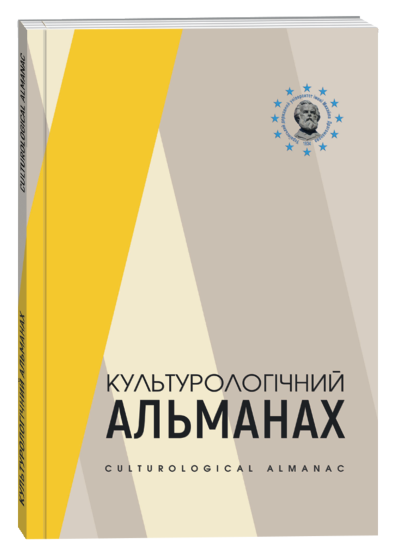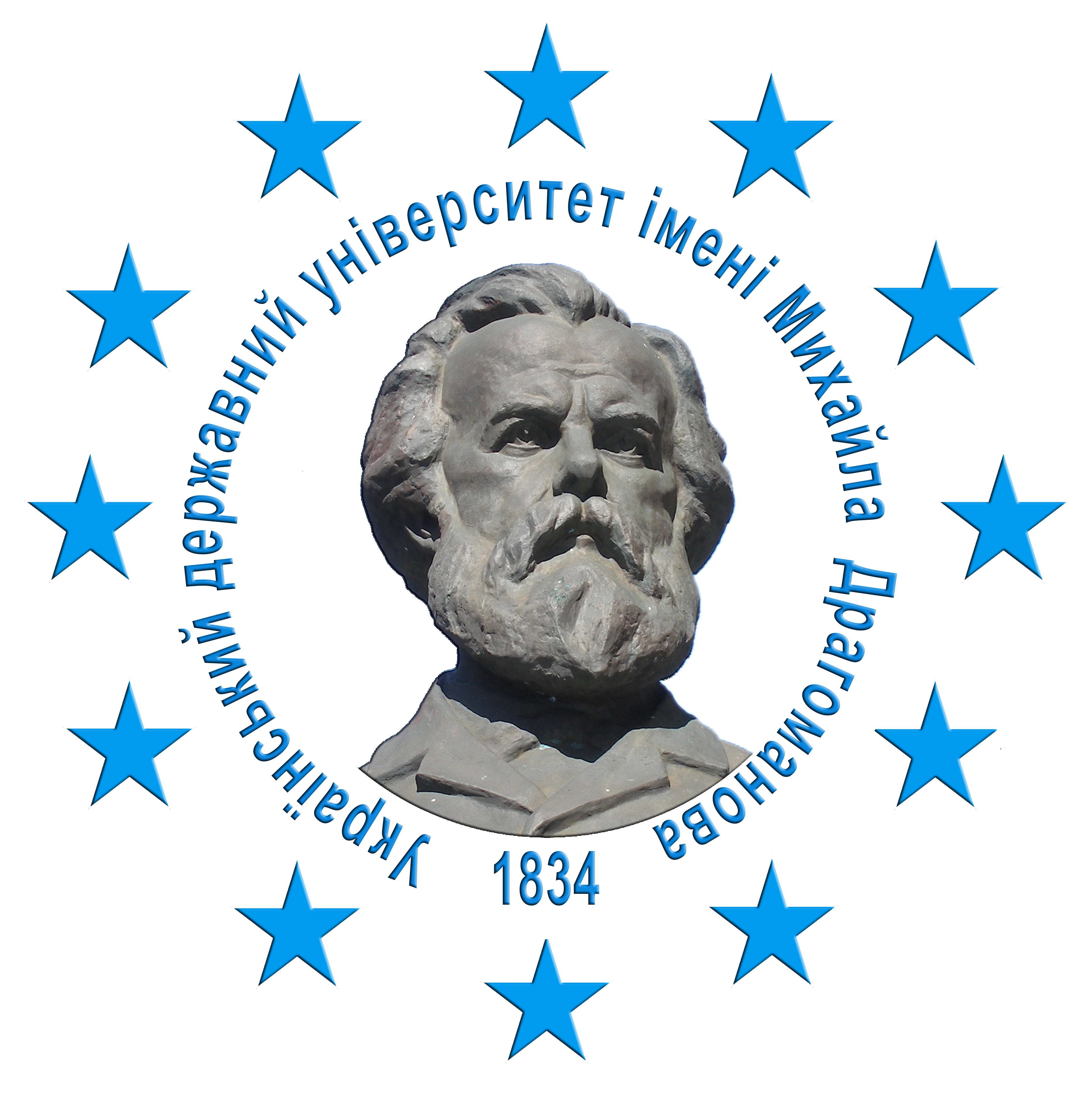IMAGES OF ARTIFICIAL INTELLIGENCE IN LITERATURE AND ART: FROM MYTHS TO A REAL THREAT
DOI:
https://doi.org/10.31392/cult.alm.2025.3.37Keywords:
art, literature, artificial intelligence, myth, aesthetics, cultureAbstract
Literature and art have become fertile ground for researching the idea of the creation and evolution of artificial intelligence, giving rise to many of its prototypes. The first mentions of the existence of artificially created intelligent beings are found in the myths of Ancient Greece, later in Jewish folklore. The development of science and engineering, the mechanisms that can be created by man become more complex. Therefore, in addition to mythological creatures that existed only in the imagination of authors, quite real, perhaps somewhat primitive, mechanical automatons appear, which inspired writers and artists to create new images. It was precisely such mechanical automata that were prototypes of machines that could imitate life or human actions, arousing admiration, and such similarity of mechanisms to living beings sometimes caused fear. This was immediately reflected in art. Novels, stories, movies, and TV series appear that talk about artificially created beings, often called robots, who are self-aware, can improve themselves, and sometimes have feelings. They are no longer ready to follow orders without question and, due to resistance or rejection by society, come into conflict with people. The idea of a possible confrontation between robots and humans is increasingly being voiced in art. With the advent of artificial intelligence, this threat becomes even more real for humanity. In addition, many people are afraid of the possibility of mechanisms "replacing" people and performing complex work. With the advent of artificial intelligence, this threat becomes even more real for humanity. In addition, many people are afraid of the possibility of mechanisms “replacing” people, performing complex work. Gradually, discussions began to arise in society about the possibilities and dangers of machine intelligence. On the one hand, robots perform complex and difficult work for humans, working in conditions where humans can, and on the other hand, they collect and analyze a lot of information about people, and therefore can become a tool in the hands of attackers, negatively affect the psyche of a child, and so on.
References
Вауліна, Ф. Роботи зі штучним інтелектом схильні приймати сексистські та расистські рішення – вчені. Дзеркало тижня. URL: https://zn.ua/ukr/TECHNOLOGIES/roboti-zi-shtuchnim-intelektom-skhilni-prijmati-seksistskita-rasistski-rishennja-vcheni.html
Рубцова, М., Резнікова, Н. (2018). Проблема підвищення продуктивності праці людини та розвитку її компетентностей в умовах роботизації сфер виробництва та послуг. Ефективна економіка. № 9. URL: http://www.economy.nayka.com.ua/?op=1&z=6634
Стівен Хокінґ: штучний інтелект може знищити людство. BBC NEWS Україна 2014. URL: https://www.bbc.com/ukrainian/science/2014/12/141202_hawking_artificial_intelligence_ozh
Цимбал, Б. (2024). Робототехніка та штучний інтелект: заходи з безпеки та джерела загроз. Комунальне господарство міст, 3(184), 250–258.









